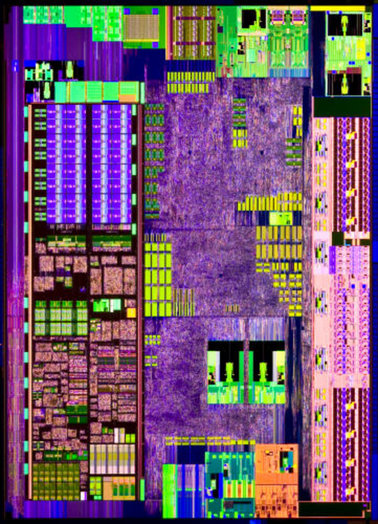Sharply higher margins amid strong demand for microprocessors for laptops and servers led to a 44pc increase in Q1 revenues of US$10.3bn at chip giant Intel. Profits quadrupled by 288pc.
Intel, which employs 4,000 people in Ireland and boasts three Irish vice-presidents in its senior ranks, said it was optimistic for its future.
While revenue was down 3pc compared with the previous quarter, it was up 44pc compared to last year.
Operating income came in at US$3.4bn, up a massive 433pc on last year. Overall profit, or net income, was up 288pc to US$2.4bn.
Looking ahead to the second quarter, Intel is predicting revenues of in and around US$10.2bn and will spend US$3.2bn on R&D.
“The investments we’re making in leading-edge technology are delivering the most compelling product line-up in our history,” said Paul Otellini, Intel president and CEO.
“These leadership products combined with growing worldwide demand and continued outstanding execution resulted in Intel’s best first quarter ever.
“Looking forward, we’re optimistic about our business as Intel products are designed into a variety of new and exciting segments,” Otellini said.
Production of ‘Sandy Bridge’
At a keynote in Beijing earlier today, David Perlmutter, executive vice-president and co-general manager, Intel Architecture Group, told the Intel Developer Conference that the next generation of core processors, code-named ‘Sandy Bridge’ are targeted to be in production in late 2010.
‘Sandy Bridge’ will be built on Intel’s next-generation Hi-K 32-nanometer process technology and will focus on floating point intensive computating like 3D modelling and analysis, scientific simulation and financial analytics.
“With an additional 1bn connected computing users by 2015, and with more types of devices, there is value in providing a common experience between the devices,” said Perlmutter.
“Intel architecture delivers the right combination of performance and power that provides the foundation across all computing devices, creating a virtual continuum of computing to enable this common user experience.”
Internet and TV
Perlmutter also touched on how Intel is enabling a new kind of experience on television he called ‘Smart TV’, where the internet will be seamlessly integrated with broadcast TV, personalised content, and search capability.
At the centre of this new innovation is Intel’s consumer electronics (CE) system-on chip (SoC), the Intel Atom (processor CE4100). The goal is to bring personal content, favourite websites and social networks to the TV in a new way. The CE4100 is designed for CE devices, such as Blu-ray disc players, set-top boxes and digital TVs, which can deliver the ‘Smart TV’ experience.
As the mobile internet continues to spiral and touch more devices, Perlmutter cited the industry opportunity for a new generation of handhelds, including tablets and smart phones. He detailed how Moore’s Law, along with a combination of architecture, design and manufacturing process techniques, will help to move Intel architecture to dramatically lower power envelopes.
By John Kennedy
Photo above: Paul Otellini, Intel president and CEO
Photo below: Inside Intel’s Atom processor
